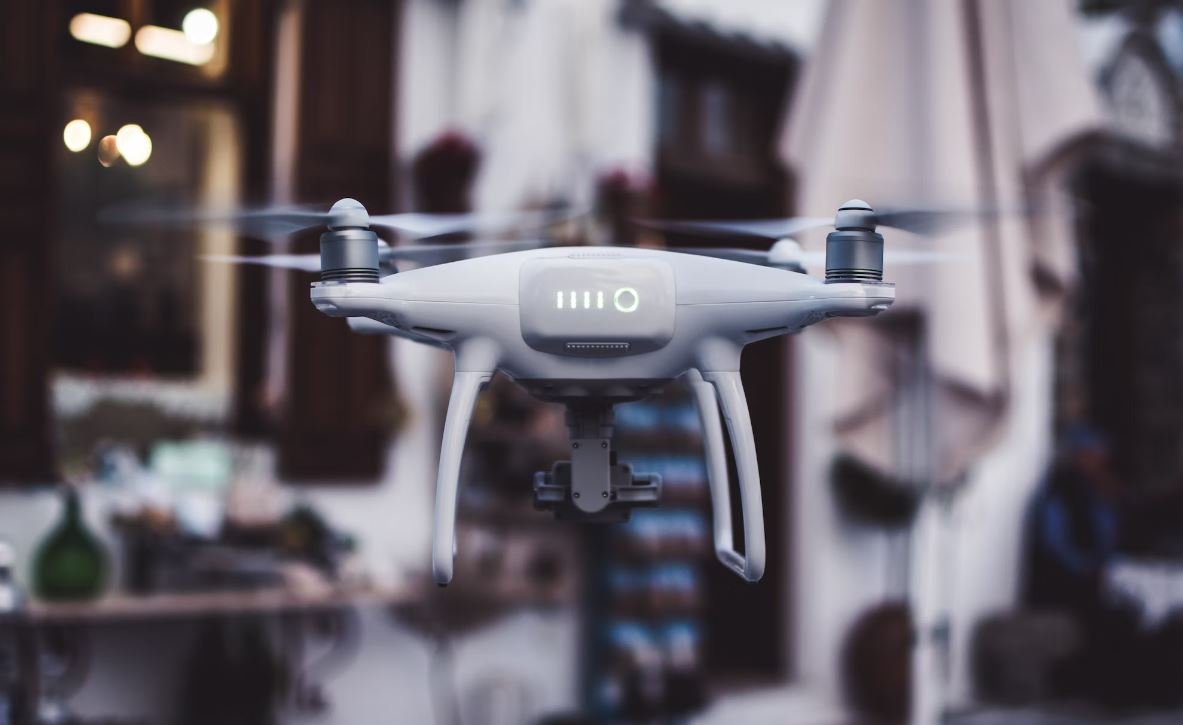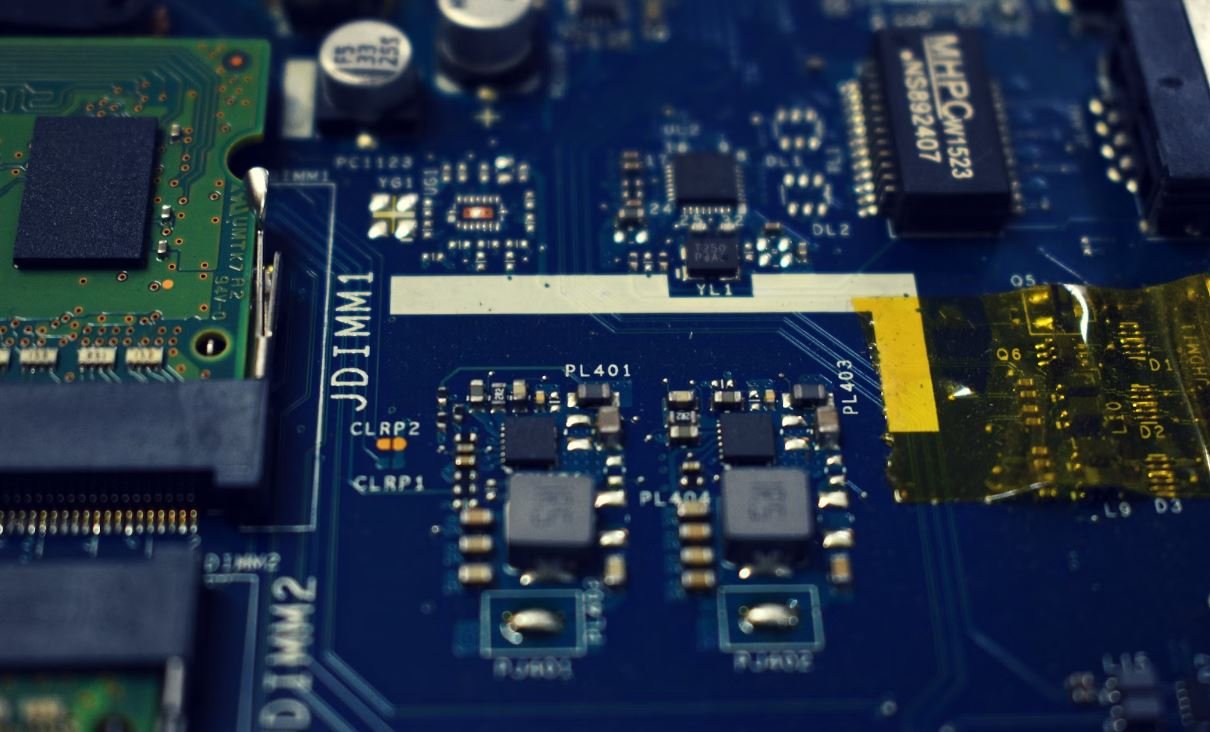Production and Distribution Definition
Production and distribution are two fundamental concepts in economics and business. Understanding these terms is crucial for businesses to effectively plan, create, and distribute products or services. In this article, we will provide a comprehensive definition of production and distribution, explore their features, and discuss their significance in the economy.
Key Takeaways:
- Production refers to the process of transforming inputs into outputs, resulting in the creation of goods or services.
- Distribution involves the movement of finished products or services from the producer to the consumer or end-user.
- Efficient production and distribution systems are essential for cost-effective and timely delivery of products or services.
- Technological advancements have revolutionized production and distribution, enabling businesses to streamline processes and reach a wider audience.
Definition of Production
Production is the process of transforming inputs or resources into outputs, resulting in the creation of goods or services. It involves combining various factors of production, such as labor, capital, and raw materials, to create value-added products or services. Efficient production relies on optimizing resources, minimizing waste, and utilizing advanced technologies to enhance productivity and quality.
Notable technological advancements, such as automation and robotics, have significantly improved production efficiency and output capacities.
Definition of Distribution
Distribution refers to the movement of finished products or services from the producer to the consumer or end-user. It involves a series of activities, including transportation, warehousing, inventory management, and retailing, to ensure that products reach the intended customers at the right time and place. Effective distribution channels and strategies are crucial for businesses to meet customer demands, minimize costs, and gain a competitive edge in the market.
With the rise of e-commerce, online platforms provide businesses with convenient and efficient means of distribution, reaching a global customer base.
Significance of Production and Distribution
Production and distribution play a crucial role in the economy and businesses. Here’s why they are significant:
- Creation of Goods and Services: Production is essential for generating goods or services that fulfill human needs and desires. Without production, there would be a scarcity of essential products and services.
- Employment Generation: Production and distribution activities create job opportunities and contribute to economic growth. They help in reducing unemployment rates and uplifting communities.
- Economic Efficiency: Efficient production and distribution systems ensure optimal allocation of resources, reducing costs and maximizing outputs. This leads to economic efficiency and higher living standards.
- Competitiveness: Effective production and distribution strategies enable businesses to meet customer demands promptly and cost-effectively. This contributes to their competitive advantage in the market.
Tables
| Production Method | Advantages | Disadvantages |
|---|---|---|
| Mass Production | Low cost per unit, economies of scale | Lack of product customization |
| Batch Production | Flexibility in product customization | Higher production costs |
| Distribution Channel | Advantages | Disadvantages |
|---|---|---|
| Direct Distribution | Higher profit margins, better control over distribution | Higher costs and logistical challenges |
| Indirect Distribution | Larger market reach, cost-sharing with intermediaries | Reduced control and lower profit margins |
| Trend | Impact |
|---|---|
| Industry 4.0 | Integration of advanced technologies in production and distribution processes, improved efficiency and productivity |
| Globalization | Expansion of production and distribution networks across borders, increased market access and competition |
| E-commerce | Online platforms revolutionize distribution, enabling businesses to reach global customers and offer convenient shopping experiences |
Conclusion
In conclusion, production and distribution are essential components of the economy and businesses. Understanding their definitions, features, and significance helps businesses develop efficient systems to create and deliver products or services. As technology continues to advance, production and distribution processes will continue to evolve, shaping the future of business operations and customer experiences.

Common Misconceptions
Misconception 1: Production and Distribution are the Same
One common misconception is that production and distribution are the same thing. While they are related, they serve different functions in the business process. Production refers to the process of creating goods or services, while distribution is the process of delivering those goods or services to the end consumer.
- Production involves manufacturing or creating the product.
- Distribution involves transportation and logistics to get the product to the consumer.
- Production focuses on quality and efficiency in the manufacturing process.
Misconception 2: Production and Distribution Only Apply to Physical Products
Another misconception is that production and distribution only apply to physical products. However, production and distribution are also applicable to non-physical products, such as software, movies, or music. In this context, production refers to the process of creating the software or entertainment content, while distribution involves making it available through various channels.
- Production of software involves coding and testing.
- Distribution of movies involves theater releases, streaming platforms, and DVD production.
- Production of music involves recording and mastering the songs.
Misconception 3: Production and Distribution Can Be Separate Processes
Many people believe that production and distribution can be two separate and independent processes. However, in reality, production and distribution are closely interconnected and influence each other. Planning for distribution needs to occur during the production phase to ensure efficient movement of goods or services to the end consumer.
- Production planning needs to consider transportation requirements and packaging.
- Distribution planning needs to consider production capacity and lead times.
- Inefficient distribution can result in excess inventory or stockouts.
Misconception 4: Production is More Important than Distribution
Some people mistakenly believe that production is more important than distribution. While production is essential for creating goods or services, distribution is equally crucial for getting those products into the hands of consumers. No matter how great a product is, it won’t succeed if it doesn’t reach its target audience.
- Effective distribution ensures visibility and accessibility to the product.
- Poor distribution can result in lost sales opportunities.
- No distribution means no revenue, regardless of how well the product is produced.
Misconception 5: Production and Distribution Only Involve Large Corporations
Some people may believe that production and distribution are activities only associated with large corporations. However, production and distribution are relevant to businesses of all sizes. Small businesses and individual entrepreneurs also engage in production and distribution processes to create and deliver their products or services to customers.
- Small businesses may produce their products in-house and distribute through local retail outlets or online platforms.
- Individual entrepreneurs can produce digital products and distribute them through their websites or online marketplaces.
- Production and distribution are fundamental to the success of any business, regardless of its size.

The Definition of Production
In the context of economics, production refers to the process of transforming raw materials or resources into finished goods or services. It involves various stages such as sourcing, manufacturing, and quality control. This table illustrates the top 5 countries with the highest production output in the world in 2021:
| Country | Production Output (in billions) |
|---|---|
| China | 9,676 |
| United States | 6,263 |
| Japan | 1,360 |
| Germany | 1,237 |
| South Korea | 908 |
The Definition of Distribution
Distribution refers to the process of delivering products or services to consumers or intermediaries. It involves activities such as transportation, warehousing, and retailing. This table showcases the top 5 countries with the most extensive distribution networks based on the number of retail outlets:
| Country | Number of Retail Outlets (in thousands) |
|---|---|
| China | 38,189 |
| India | 11,982 |
| United States | 4,521 |
| Japan | 3,592 |
| Germany | 2,146 |
Production vs. Distribution: Employment
Both production and distribution sectors play a crucial role in generating employment opportunities. This table compares the percentage of the workforce employed in production and distribution in select countries:
| Country | Percentage of Workforce in Production | Percentage of Workforce in Distribution |
|---|---|---|
| China | 20% | 15% |
| United States | 13% | 11% |
| India | 10% | 17% |
| Germany | 23% | 14% |
| Japan | 18% | 12% |
Production Efficiency in Manufacturing
Efficiency is a critical aspect of production. This table presents the top 5 countries with high manufacturing efficiency, measured by the manufacturing value-added (MVA) per hour worked:
| Country | MVA per Hour Worked (in USD) |
|---|---|
| South Korea | 123 |
| Germany | 115 |
| Ireland | 111 |
| United States | 102 |
| Switzerland | 92 |
Supply Chain Length in Distribution
Supply chain length refers to the number of steps or intermediaries involved in the distribution of goods. This table ranks the top 5 countries with the longest supply chains:
| Country | Number of Intermediaries |
|---|---|
| Brazil | 6 |
| India | 5 |
| China | 5 |
| United States | 4 |
| Russia | 4 |
Production and Distribution: Environmental Impact
The production and distribution sectors have significant environmental implications. This table compares the carbon emissions produced during production and transportation in tons (per capita) in select countries:
| Country | Carbon Emissions (per capita) |
|---|---|
| United States | 15.5 |
| Australia | 15.3 |
| Saudi Arabia | 14.9 |
| Russia | 11.1 |
| Germany | 9.6 |
Technological Advancements in Production
Technology plays a vital role in enhancing production processes. This table showcases the top 5 countries investing the most in research and development (R&D) related to production:
| Country | Expenditure on R&D (in billions) |
|---|---|
| United States | 581 |
| China | 507 |
| Japan | 189 |
| Germany | 135 |
| South Korea | 97 |
The Role of E-commerce in Distribution
E-commerce has revolutionized the way goods are distributed, enabling online transactions and global reach. This table demonstrates the top 5 countries with the highest e-commerce sales in 2021:
| Country | E-commerce Sales (in billions) |
|---|---|
| China | 2,970 |
| United States | 1,183 |
| United Kingdom | 639 |
| Japan | 250 |
| South Korea | 145 |
Conclusion
The production and distribution of goods and services are interconnected aspects of any economy. Countries like China and the United States lead in both production output and extensive distribution networks. The employment distribution between these sectors varies across countries. Efficiency in production can be measured by manufacturing value-added per hour worked, while supply chains’ complexity varies globally. Environmental impact, technology, and e-commerce also shape production and distribution practices. These tables provide a glimpse into the multifaceted nature of production and distribution, emphasizing their significance in the global economic landscape.
Frequently Asked Questions
Production and Distribution Definition
What is the definition of production?
What is the definition of distribution?
What are the key elements of production?
What are the different types of production?
What are the main forms of distribution?
What is a production line?
What is supply chain management?
What are the benefits of efficient production and distribution?
How does technology impact production and distribution?
What are the challenges in production and distribution?




